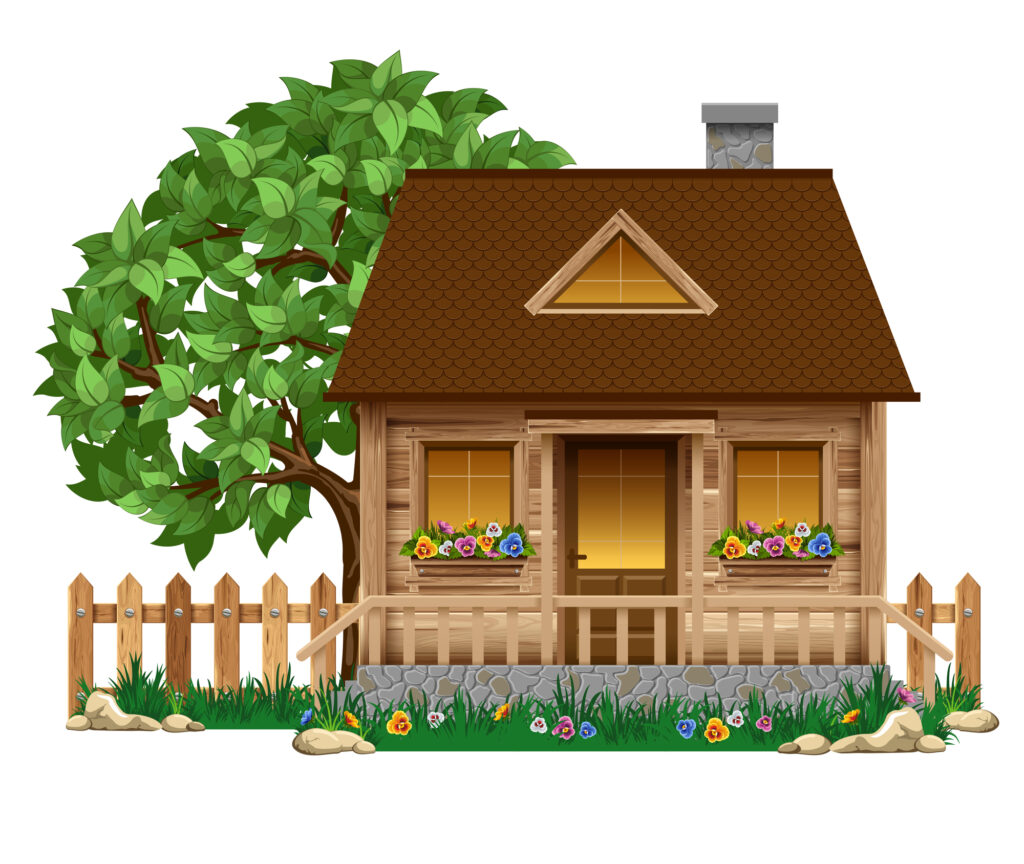
How ADUs and Tiny Homes Offer Privacy, Proximity, and Peace of Mind in Retirement
As we age, our housing needs change—but our desire for independence, family connection, and affordability remains strong.
Enter the tiny home movement, and more specifically, Accessory Dwelling Units (ADUs): small, fully functional homes that can be placed in a backyard or on a family member’s property.
Whether it’s a cozy prefab cottage, a modern modular unit, or a customized tiny home, this downsized lifestyle is catching on with seniors who want to age in place—on their own terms.
In this post, we’ll explore how tiny homes and ADUs are helping retirees live comfortably, cut costs, and stay close to loved ones.
🏠 What Is an ADU or Tiny Home?
An ADU (Accessory Dwelling Unit) is a small secondary home located on the same lot as a primary residence. It might be:
- A freestanding tiny home in the backyard
- A converted garage or basement apartment
- An attached in-law suite with its own entrance
- A modular unit delivered and installed on-site
Most are between 300 and 800 square feet, with a kitchen, bathroom, and living area. They offer seniors privacy, autonomy, and affordability, all within walking distance of loved ones.
🧓 Why Tiny Homes Make Sense for Retirees
Here are five compelling reasons why more seniors are choosing to move into ADUs and tiny homes:
1. Stay Independent, Stay Close
You get your own space while remaining near adult children or family—ideal if you want to live alone but still have help nearby when needed.
2. Lower Living Costs
Smaller spaces mean lower utility bills, maintenance, and taxes. Many seniors cut housing costs by 30–60% or more.
3. Avoid Nursing Homes
A tiny home in a loved one’s backyard may allow you to avoid or delay assisted living facilities—and stay in a familiar environment.
4. Age in Place with Dignity
You can equip the home with aging-friendly features like no-step entries, wide doorways, grab bars, and walk-in showers.
5. Flexible Future Options
Your ADU can become a guesthouse, rental unit, or caregiver quarters in the future—adding value to the family property.
👵 Real-Life Example: Marie’s Backyard Retreat
Marie, 74, lost her husband and was living alone in a large home. She wanted to be closer to her daughter and grandkids but wasn’t ready for a senior living facility.
Her daughter had a spacious backyard in Oregon, where local ADU laws made it easy to install a 400-square-foot tiny home. Marie sold her old house, paid for the ADU in cash, and now lives just steps away from her family—with her own kitchen, garden, and porch swing.
“I have my independence, and they have theirs. We share dinners, not bathrooms,” she laughs.
🏗️ How Much Does an ADU or Tiny Home Cost?
Costs vary depending on size, materials, and customization, but here’s a general range:
- Prefab modular units: $50,000 to $120,000
- Custom-built tiny homes: $80,000 to $150,000
- Converted garages or basements: $40,000 to $100,000
Don’t forget:
- Permitting and site prep may add $10,000 to $30,000
- Some cities offer grants or low-interest loans for ADU construction
In many cases, selling your current home or tapping home equity can fully cover the cost—while reducing future monthly expenses dramatically.
🏘️ Zoning and Legal Considerations
Before building or buying an ADU or tiny home, check with your local planning department for:
- Zoning rules (ADUs may be restricted in some neighborhoods)
- Size and height limitations
- Utility hookup requirements
- Parking and accessibility rules
Many states, such as California, Oregon, and Washington, have passed ADU-friendly laws that make it easier than ever to add one legally.
🧰 Features to Look for in a Senior-Friendly Tiny Home
If you’re buying or building for retirement, prioritize:
- One-level living (no stairs)
- Step-free entrances
- Wide doorways for walkers or wheelchairs
- Bright lighting and lever handles
- Accessible kitchen and bathroom layout
- Covered porch or shaded area for outdoor living
- Space for a caregiver or visiting nurse if needed
Many tiny home builders now specialize in aging-in-place designs. Just ask!
💬 Is a Tiny Home Right for You?
This lifestyle isn’t for everyone—but for many seniors, it offers:
- A sense of safety without giving up privacy
- An affordable, elegant way to downsize
- The ability to stay near family and age with dignity
If you’re tired of rattling around in a big empty house, or worried about the cost of senior housing, this option may be worth serious consideration.
📝 Tips to Get Started
- Talk with your family – Discuss whether your loved ones have room and interest in co-locating.
- Check local zoning laws – Some cities make it easy, others don’t. Know before you go.
- Research builders – Look for companies with experience in senior-friendly ADUs.
- Create a budget – Consider construction costs, taxes, and utility connections.
- Plan for aging needs – Include universal design and room for future caregiving.
🌟 Final Thoughts
Tiny homes and ADUs may be small in size—but they can deliver big benefits: lower costs, increased safety, independence, and priceless time near the people you love most.
If you’re looking for a way to downsize without feeling diminished, this might just be the smartest move of your retirement.
📘 This post is adapted from my book:
Affordable Housing for Seniors: 12 Strategies to Cut Your Housing Costs by 30% to 60%
Available now at Amazon.com in paperback and eBook formats.
Disclaimer: This post is for educational purposes only and does not constitute legal, tax, or financial advice. Please consult with local zoning officials, a contractor, or a financial advisor before making decisions regarding tiny home or ADU construction.